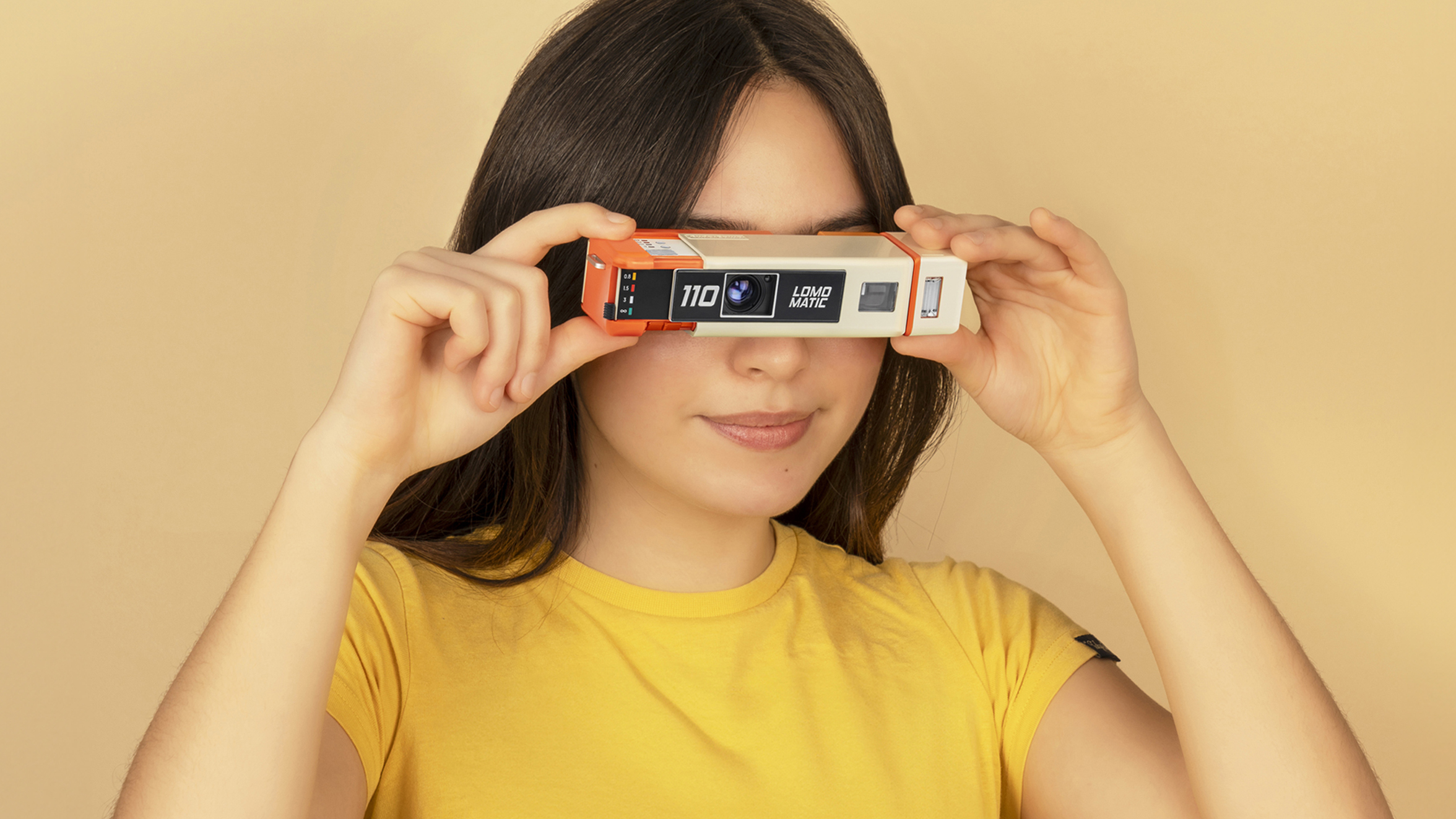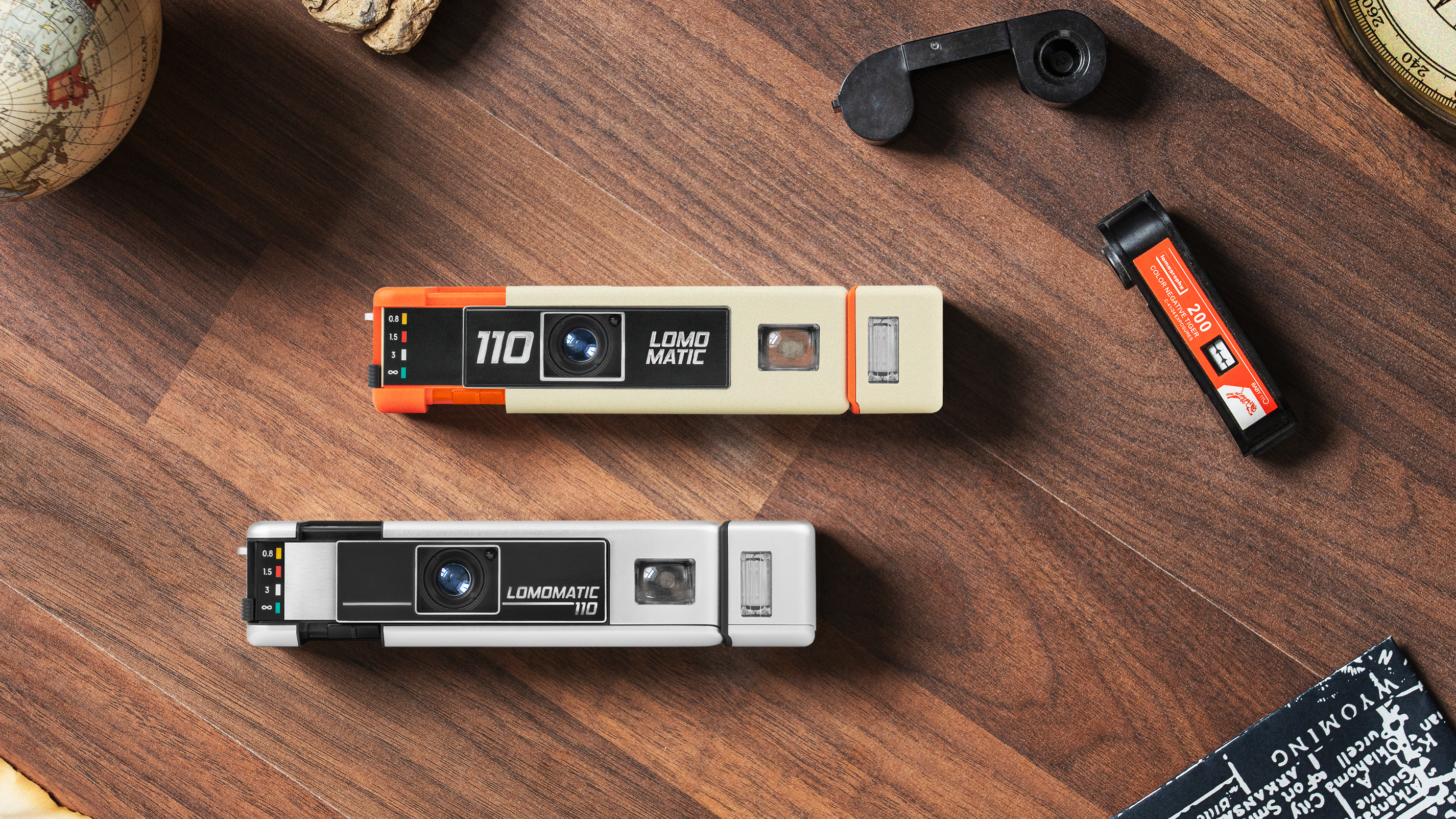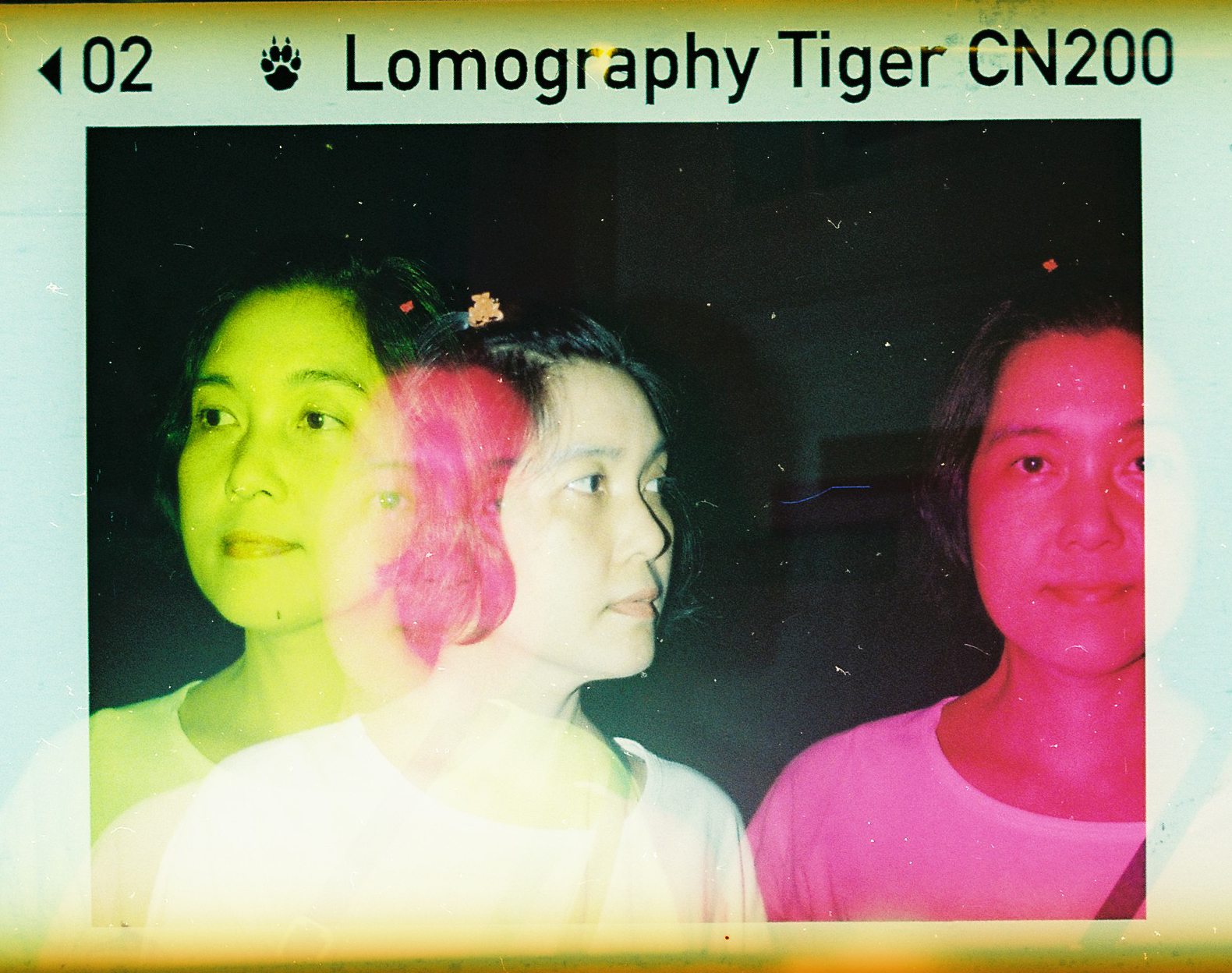Lomography’s striking Lomatic 110 is a tiny film camera with unique creative effects
Retro-cool, pocket-sized with unique multi exposure and flash modes

Lomography is single-handedly keeping alive the 110mm film format and its latest creation, the Lomatic 110, looks like its finest 110 film camera ever.
Pocketable and outright cool, the Lomatic 110 accepts 110mm film sold by Lomography and other retailers and can be purchased with a detachable flash that also accepts color filters for creative effects.
Combine those flash modes with the camera's multi-exposure mode and you can create flash photos with a difference (see example, below), plus of course your regular 110 photos.
The Lomatic 110 is available on the Lomography website in two models; a pricier gray 'Classic' version with metal body for $159 / £149, or the 'Golden Gate' plastic version for $119 / £109. If you really don't want the optional flash, then the Golden Gate version is available stand-alone for $99 / £89, though we expect most people to opt for the flash bundle.
A canister of 110 film costs $8.90 / £7.90 on the Lomography store and currently, there are five different versions of 110 film available, which all appear to be in stock at the time of writing – which is more than can be said for many other film types in 2024.

Not just a toy
Born in the early 1970s and all but forgotten by the late 1980s, 110mm film is around a quarter of the size of 35mm film which means photo quality doesn't compare. However, like micro fourth thirds (MFT) to full-frame mirrorless cameras, 110 cameras can be made much smaller than 35mm film cameras.
You can easily slip the Lomatic 110 into a pocket. Furthermore, the film cannister type it uses is super easy to load and you can take the cannister out mid-roll to swap for another one, only sacrificing one frame in the process. The format might not make for the best film cameras, but there are benefits to 110.
Sign up for breaking news, reviews, opinion, top tech deals, and more.
Lomography also says that the 23 mm Minitar CX multi-coated glass lens employed in the Lomatic 110 is its sharpest yet, so this camera isn't just some cheap toy. Exposure is automatic and there's zone focusing, but there is creative control too, including multiple and long-exposure shooting modes and an adjustable ISO, not forgetting the detachable flash and color filters.
All things considered, the Lomatic 110 looks the part and should keep you entertained with its creative tools.

Has Lomography timed the Lomatic 110 to perfection?
Film photography has enjoyed a resurgence these last couple of years, with Gen Z shunning screens in favor of retro gadgets and Pentax announcing its film project with a first model due in the summer.
Even 2024's most popular digital camera, the Fujifilm X100VI, is a retro model that most people are buying to get the Film Simulation look popularized on Tiktok – looks that hark back to actual Fujifilm 35mm film types. People want film right now, whatever way it comes, and Lomography's Lomatic 110 is a unique offering.
Not only does the Lomatic 110 look the part, but it does things differently. Sure the 110 format lacks the quality of 35mm, but the overall package and user experience look like it could be top drawer. We'll be getting our hands on a Lomatic 110 soon to have a play and find out for ourselves.
You might also like

Tim is the Cameras editor at TechRadar. He has enjoyed more than 15 years in the photo video industry with most of those in the world of tech journalism. During his time as Deputy Technical Editor with Amateur Photographer, as a freelancer and consequently editor at Tech Radar, Tim has developed a deeply technical knowledge and practical experience with cameras, educating others through news, reviews and features. He’s also worked in video production for Studio 44 with clients including Canon, and volunteers his spare time to consult a non-profit, diverse stories team based in Nairobi. Tim is curious, a keen creative, avid footballer and runner, and moderate flat white drinker who has lived in Kenya and believes we have much to enjoy and learn from each other.